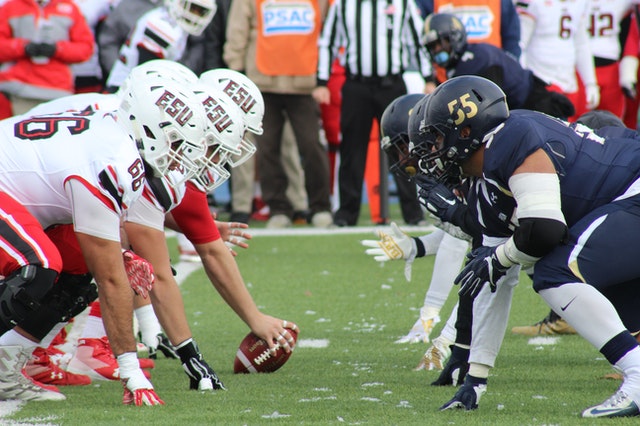
Watch Out: Five Types of Bias in Human Resources
Are You Hiring?
Find candidates in 72 Hours with 5+ million talents in Maukerja Malaysia & Ricebowl using Instant Job Ads.
HIRE NOW
Before we get into it, we must first learn about cognitive bias.
What is cognitive bias?
A cognitive bias is a systematic error in thinking that happens when humans are processing and interpreting information in the world around them and affects the decisions and choices they make.
Cognitive bias is usually a result of our brain's attempt to simplify information processing. Biases usually work as rules of thumb that help us make sense of the world and reach decisions with relative speed. Because of this, subtle biases can sneak in and influence the way we see and think about the world.
These biases also affect our workplace and in this article, we will point out five especially dangerous biases that Human Resources should watch out for:
1. The Blind Manager Bias (Confirmation Bias)
Humans tend to ignore information that does not fit with their beliefs while they weigh agreeable information more heavily. This is known as the Confirmation Bias, and it can bring a lot of problems to managers.
Managers can always make decisions that fit with their beliefs about the workers and ignore crucial information or behaviour they just do not wish to see. Dismissing viewpoints that do not confirm what they think, feel or believe can not only jeopardise an employee's career but also land them in a lot of trouble.
This bias explains the need for objective data for employee performance. If employers can provide managers with a lot of objective data about employee performance, managers will not be prone to confirmation bias.
2. The Office Politics Bias (Ingroup Bias)
This type of bias encourages the organisation to play a game of "Us versus Them". This bias allows people to have a tendency to view "their" group (be it a workgroup, department, or division) as better, more trustworthy, and superior. Those who are not a part of their group are seen as outsiders who are inferior to them.
This is a recipe for disaster for organisations that deal with interdepartmental operations. Human Resources needs to tear down silos, build relationships, emphasise company-wide culture and make their organisation feel like it is one big group, rather than a collection of opposing teams.

The Us vs Them mentality has a destructive effect on the workplace.
3. The Bad Performance Review Bias (Recency Bias)
The Recency Bias is one of many biases that make the workers hate performance reviews. The bias refers to our tendency to remember only the more recent events clearly.
This means if things have been disappointing for the last month leading up to a review, a manager is inclined to forget everything the employee did right for the previous eleven months.
It works the other way, too. Some employees are aware that the performance review is coming up so they work hard (but only for that particular month) to get noticed by the manager. This will mislead the manager into thinking that their performance has been good all year long.
This is why it is important to record objective performance data all year long, so we can counter-balance the recency-biased perceptions many managers carry into performance reviews.
4. The Resistance to Change Bias (System Justification Bias)
This is one of the most dangerous biases that could send HR leaders into an early grave. This bias encourages employees to defend and prefer the status quo no matter the facts.
Employees who suffer from this bias will always see the excuse "the way we've always done it" as better, more legitimate and more desirable than new alternatives.
5. The Poor Hire Bias (Halo Effect)
The poor hire bias could be one of the reasons an employer's turnover rate is higher than they would like. This bias makes people think positive qualities are lumped together. Where one attractive quality exists, these people would think other qualities must also exist.
Hence, people assume that a physically attractive job candidate is also talented, competent, and far more intelligent than the other candidate who is less conventionally attractive.
According to US research, better-looking people are hired more often. The study also says that these people are not always the best candidate.
These five types of bias are really only the tip of the iceberg when it comes to cognitive biases that touch our professional lives. Keep an eye out for these and let the managers know about them so the organisation can build some safeguards to prevent these biases from negatively impacting the company culture.
Having Problems Hiring? Our recruitment experts are at your service, just register at AJobThing.com to schedule your free consultation.
Source: verywellmind & workhuman
Related articles
HR Guide: How to Manage Job Applications
HR Guide: Evaluating Candidates with Employment Gaps
HR Guide: Probationary Period Tips & Templates

